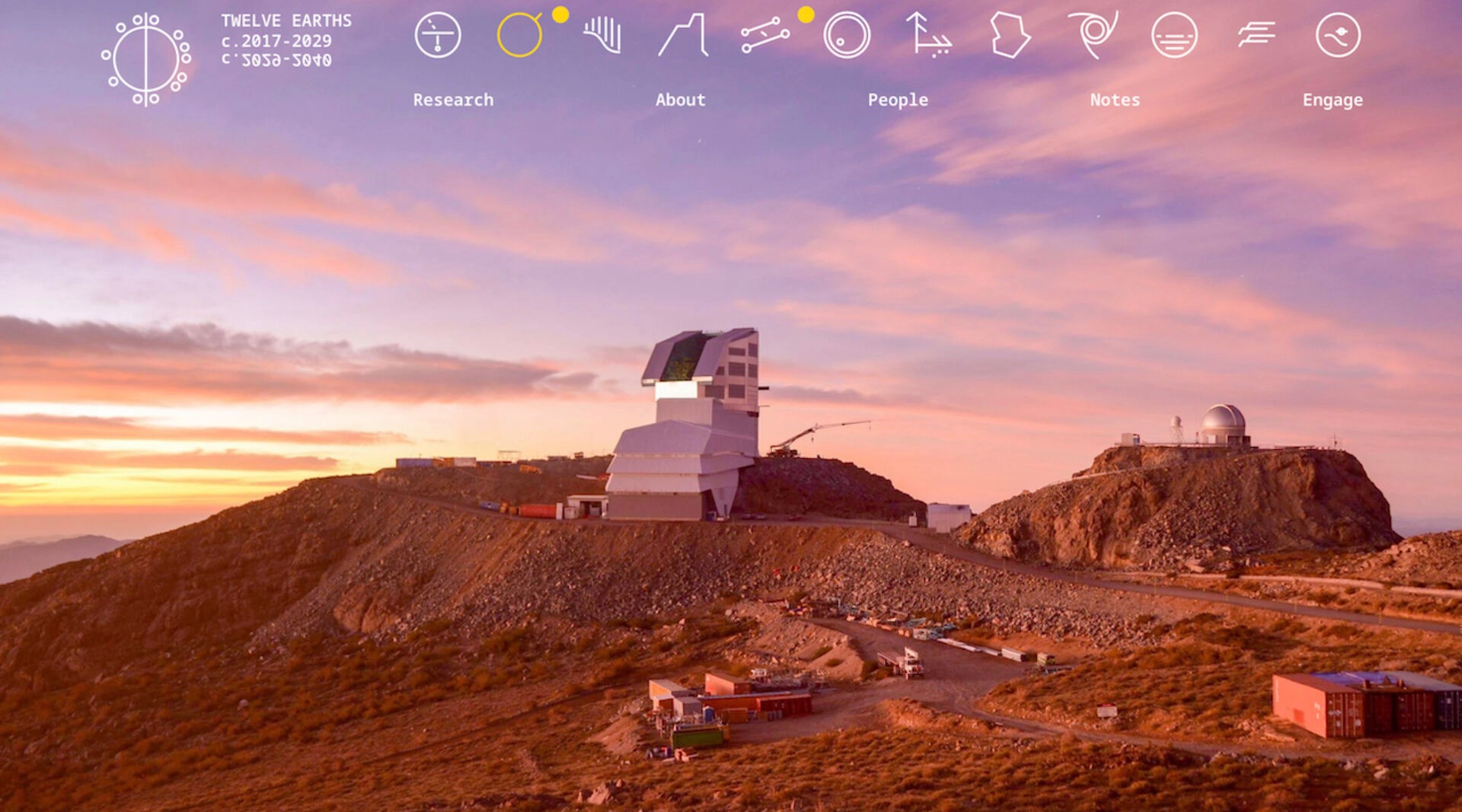Rubin brilla en la instalación artística “Twelve Earths”
Michael Jones McKean, artista residente del Observatorio Rubin, está creando una increíble instalación artística llamada “Twelve Earths”. McKean describe a Twelve Earths como “una escultura planetaria que explora la interconectividad radical a lo largo de una senda circular de 40.000 km, que une a 12 lugares diversos de todo el planeta”.
Durante el equinoccio del 22 de septiembre de 2022, se anunció que Cerro Pachón (donde se construye el Observatorio Rubin) y Cerro Tololo fueron los primeros lugares del proyecto Twelve Earths. Este otoño, Michael reveló su expresión escultural y poética del sitio, ¡y el Observatorio Rubin brilla como el protagonista de la historia!
El trabajo de Michael no puede expresarse con palabras; se trata de un claro ejemplo de “verlo con tus propios ojos”. Te instamos a experimentarlo por ti mismo(a):

